Vault #13: Enemy Aliens of WWI
The Capture and Internment of German Sailors on Angel Island
The US Department of War recorded the activities of a group of German sailors at the US Immigration Station. Fourteen photographs document the sailor’s daily life and offers a rare look inside one of the administration building’s dormitories. Although the photos are dated between September 1917 and March 1918, records show they were transferred off the island in October 1917. Photo credit: NARA.
World War I Internees
During World War I, the United States implemented a blockade in the Pacific to weaken the German war effort and prevent goods from going to and from the country. As a result of the blockade, many merchant ships were apprehended, and their crew interned for the duration of the war. The treatment of German sailors in US custody varied depending on the individual circumstances and the conditions of their confinement. While some reported adequate living conditions and fair treatment from the US government, others complained of overcrowding and inadequate provisions.
Angel Island received 169 Germans captured off the coast of California, Hawaiʻi, and America Samoa from April to June 1917. The government considered these men “enemy aliens” since they were at war with Germany, but they hadn’t broken any laws and weren’t considered prisoners by the Bureau of Immigration.
The sailors’ arrival at the Immigration Station created challenges for immigration officials. In 1917, the site had a critical bed shortage due to the overwhelming number of Japanese “picture brides” and Russian-Jewish refugees arriving in San Francisco. District Commissioner Edward White addressed his concerns in a letter dated August 22, 1917.
“We have no room at all for Japanese females expected to arrive on the SS Siberia Maru on the 24th instant, as the room in which the last number were accommodated in the most congested manner is now being occupied by 69 Russian Jews who are sleeping, in many instances, four in a space covered by two bunks which were only made for and intended to accommodate two persons… the only quarters that we had for the accommodation of aliens arriving in the first or second cabins are now unavailable on account of their being occupied by a number of these enemy aliens.”
When they arrived, fifty German officers were quartered in the administration building while the remaining crew were detained in the men’s barracks.
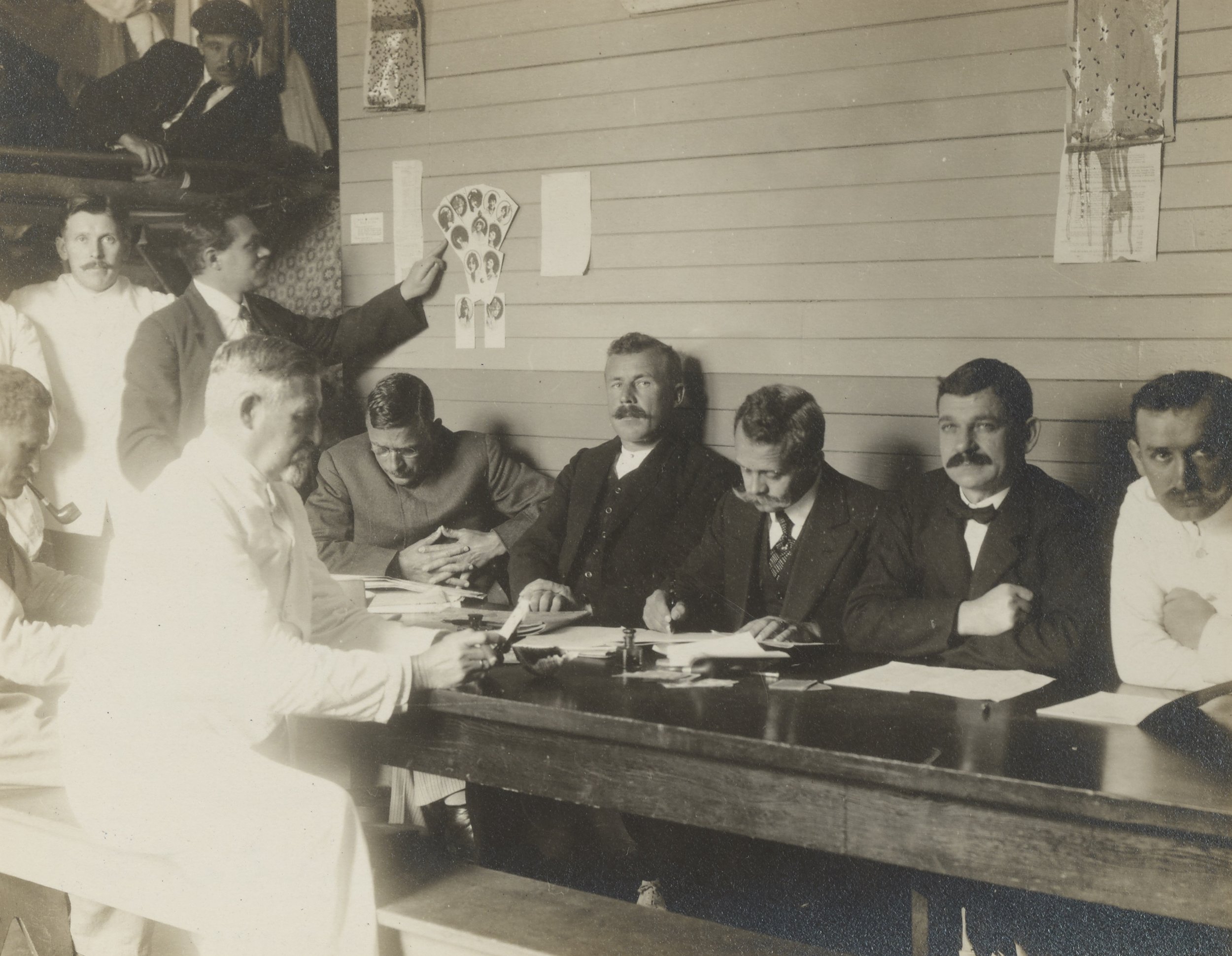
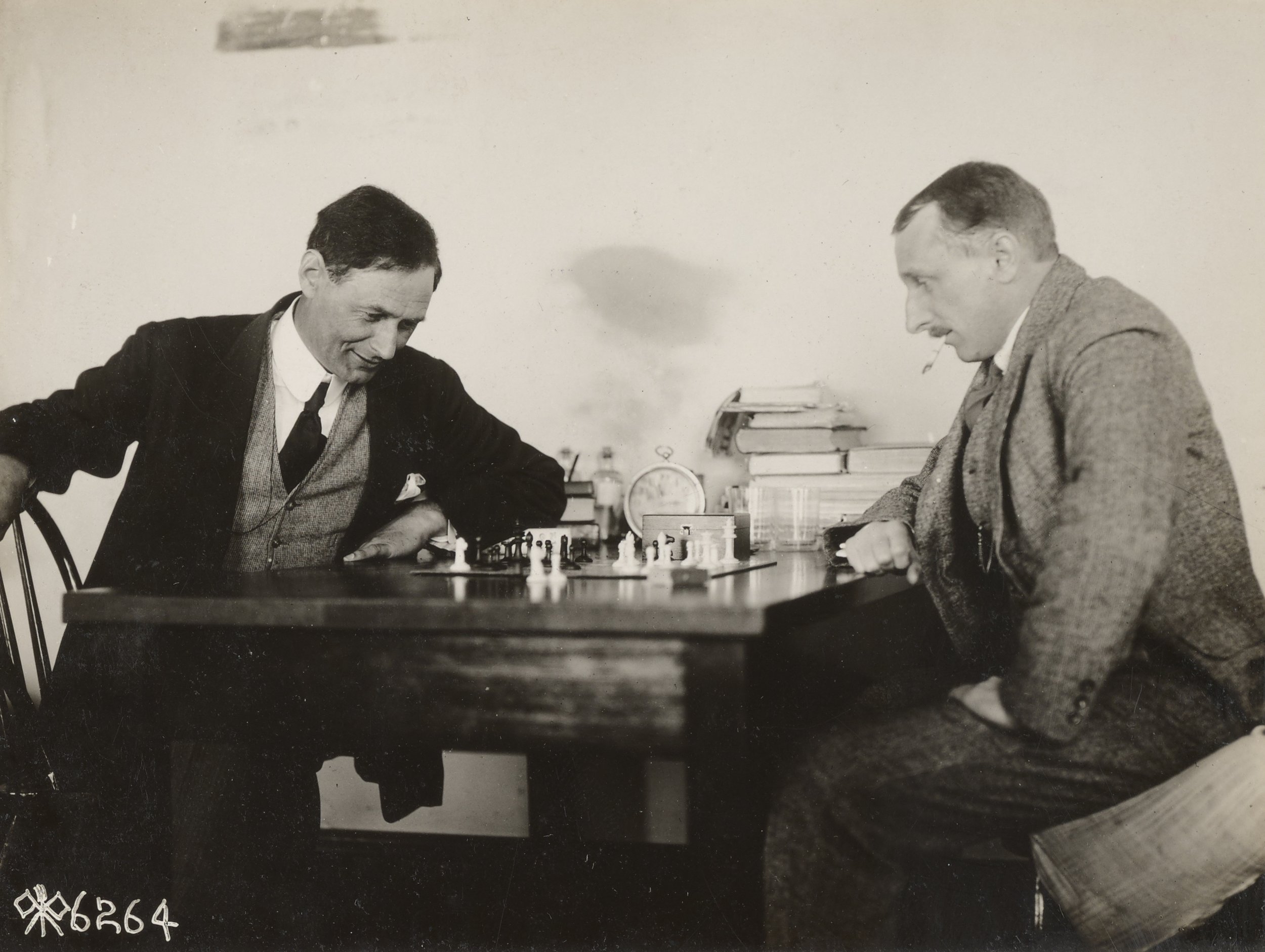
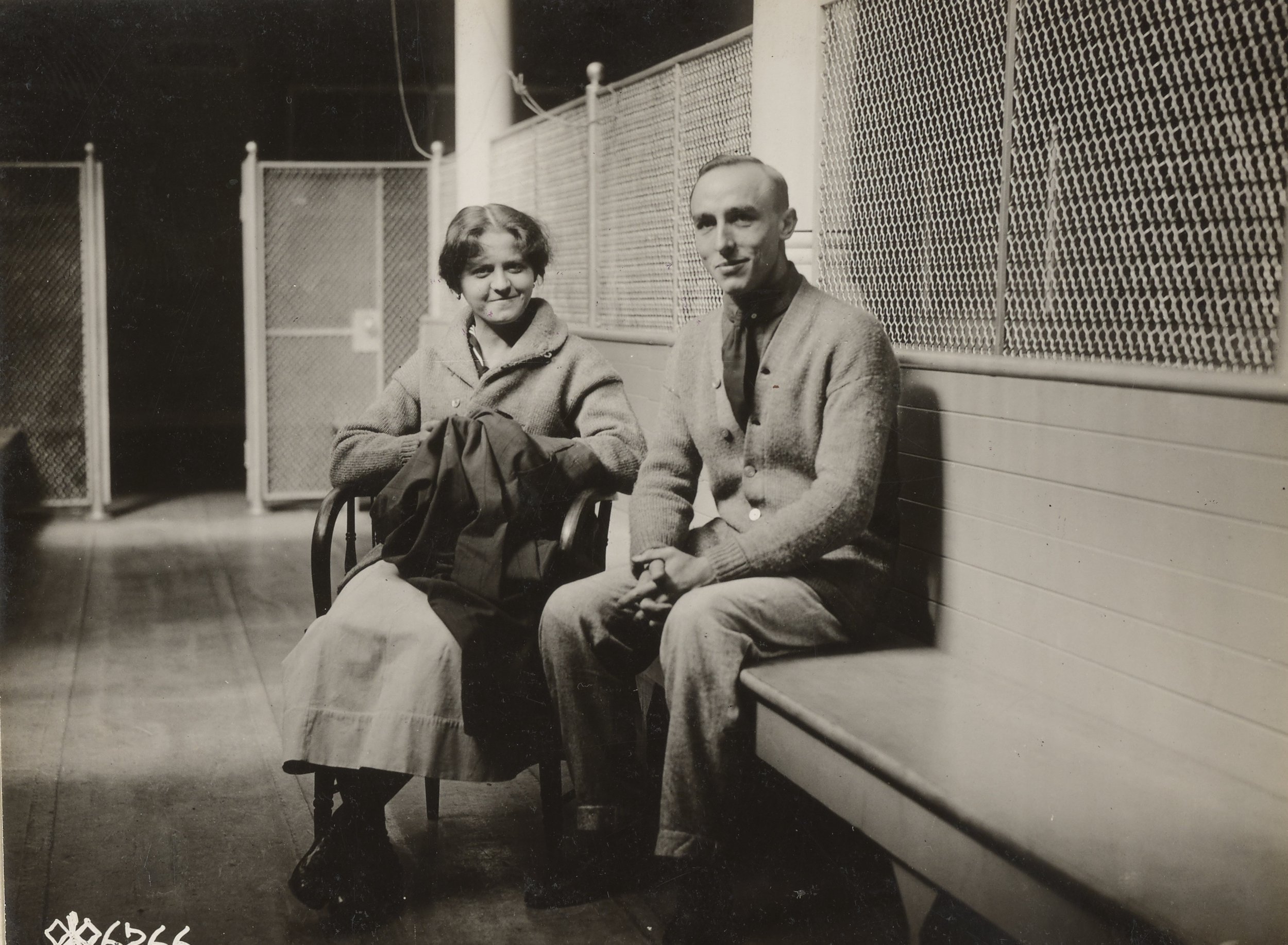
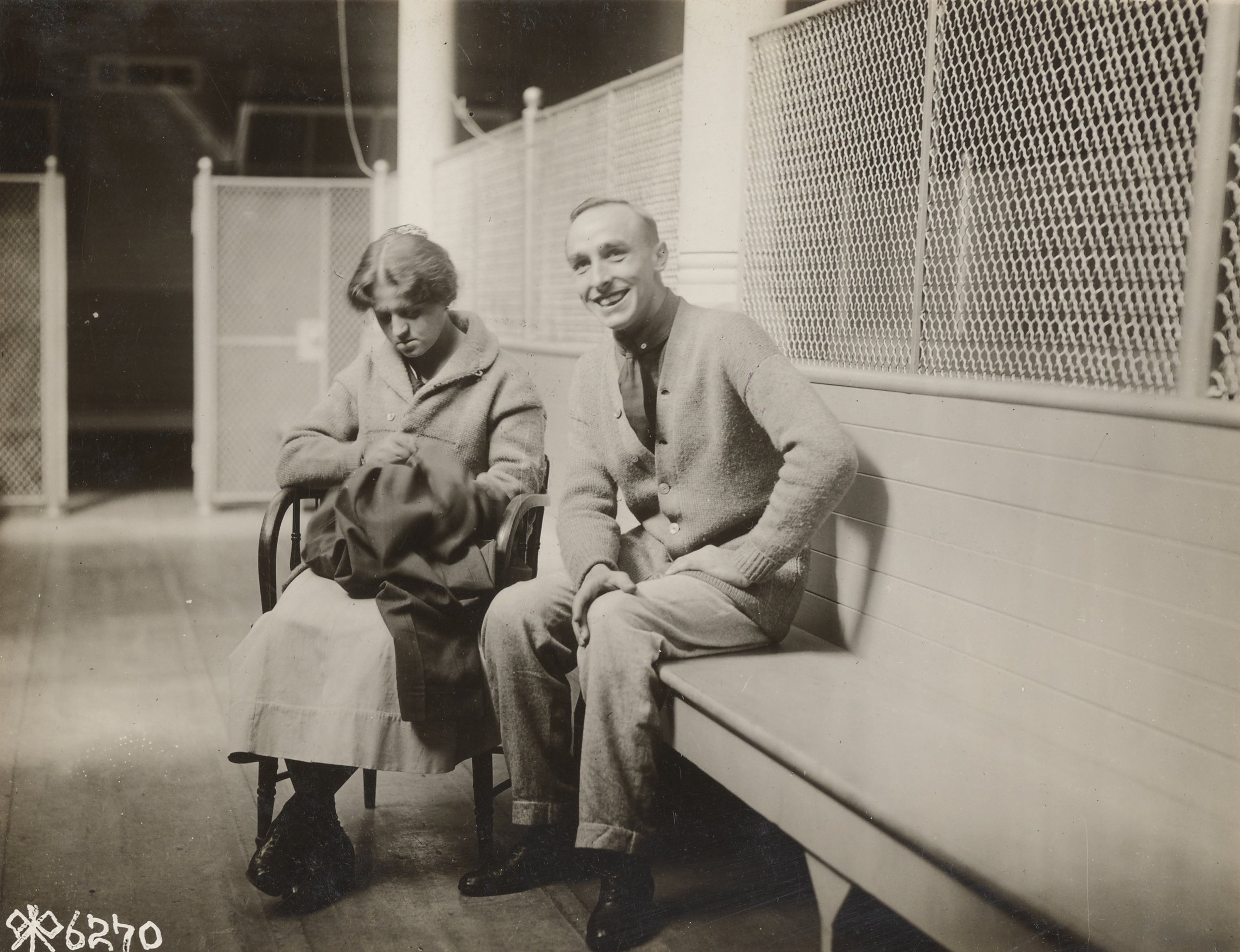


Because the Bureau was ill-equipped to detain “enemy aliens,” immigration officials were caught off-guard when two of the German sailors escaped from the island. The men, Captain Carl Brauch and Engineer Lorenzo Lau, received word that several of their friends were leaving San Francisco, so they stole a two-person rowboat and fled to Sausalito. Once in Sausalito, they took a ferry to the city, said goodbye to their friends, and returned to the Immigration Station. Not only did the escapees’ absence worry federal officials, but police in half a dozen Bay Area cities had been notified and were searching for them.
The remaining sailors created additional challenges for the Bureau when they lodged a formal protest through the Swiss Legation about the conditions of their imprisonment. They complained about the crowded and unsanitary living conditions, lack of recreation space, and meals served in the restaurant.
Realizing the growing problems created by the “enemy aliens” at the site, Commissioner White pushed for the men’s rapid processing and transfer to another facility. Finally, in October 1917, the German officers were transferred to a facility in Philadelphia, and the 119 sailors boarded a train to an internment camp in Hot Springs, North Carolina. After their departure, the Station returned to its normal mode of operation.
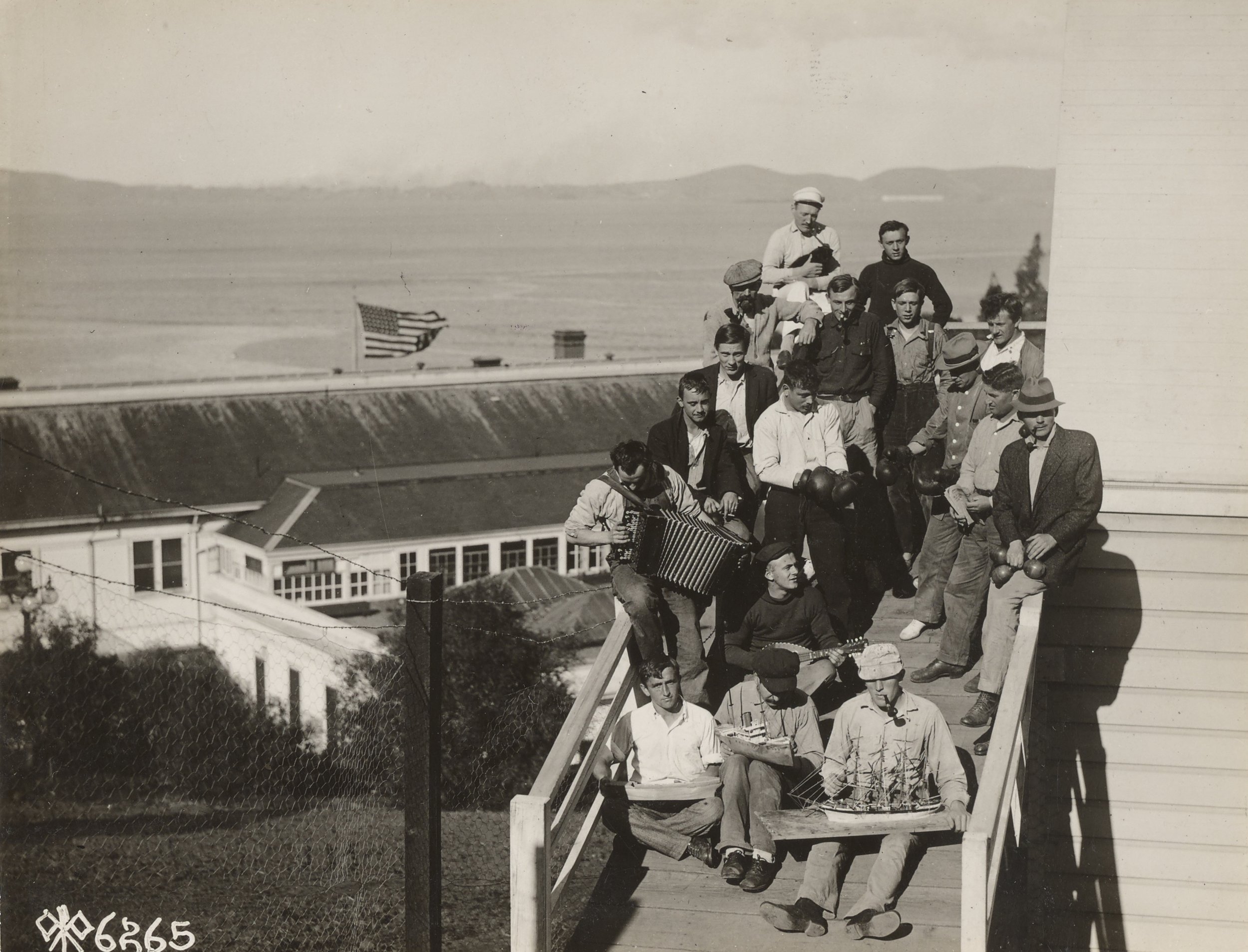
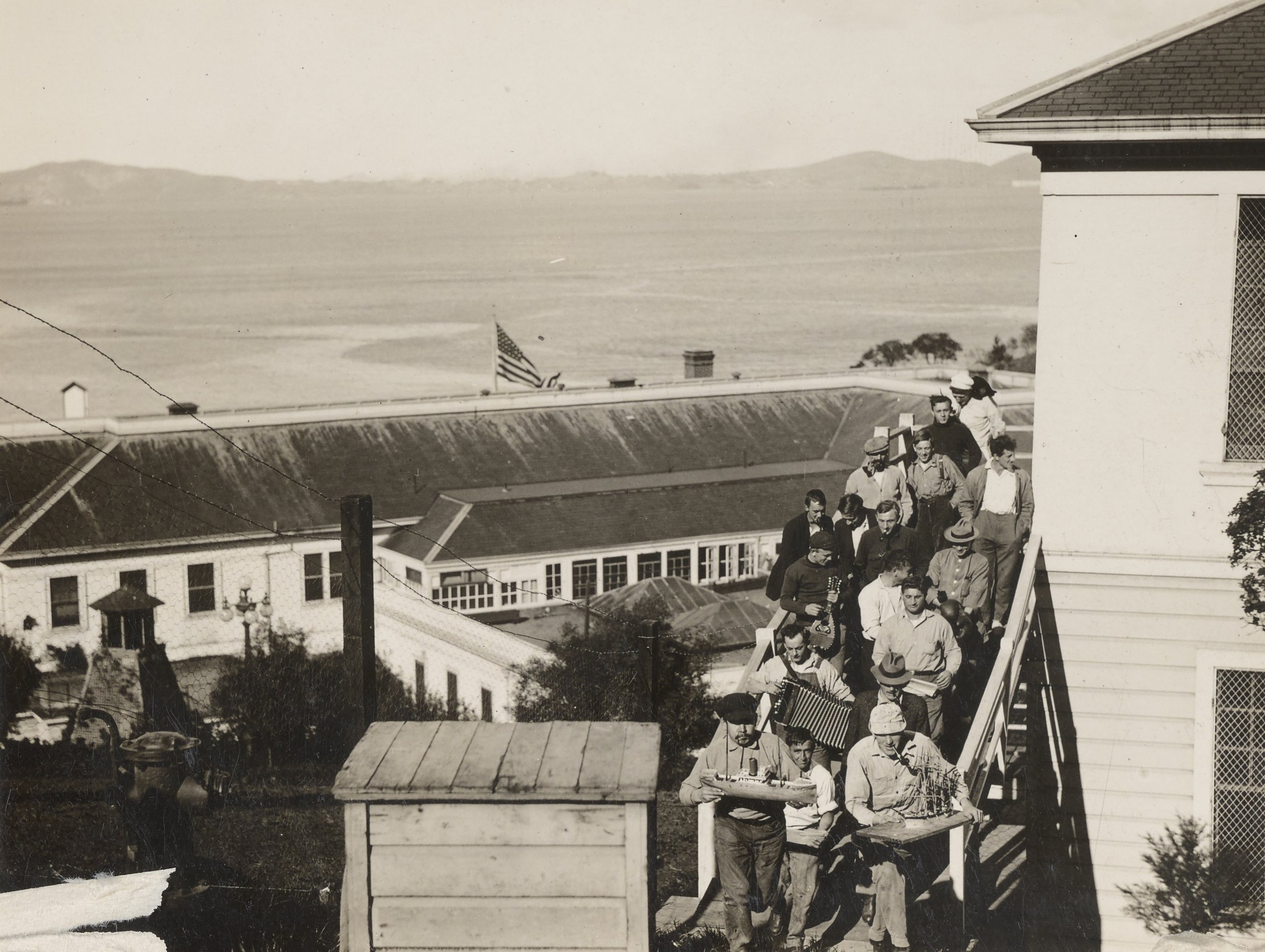
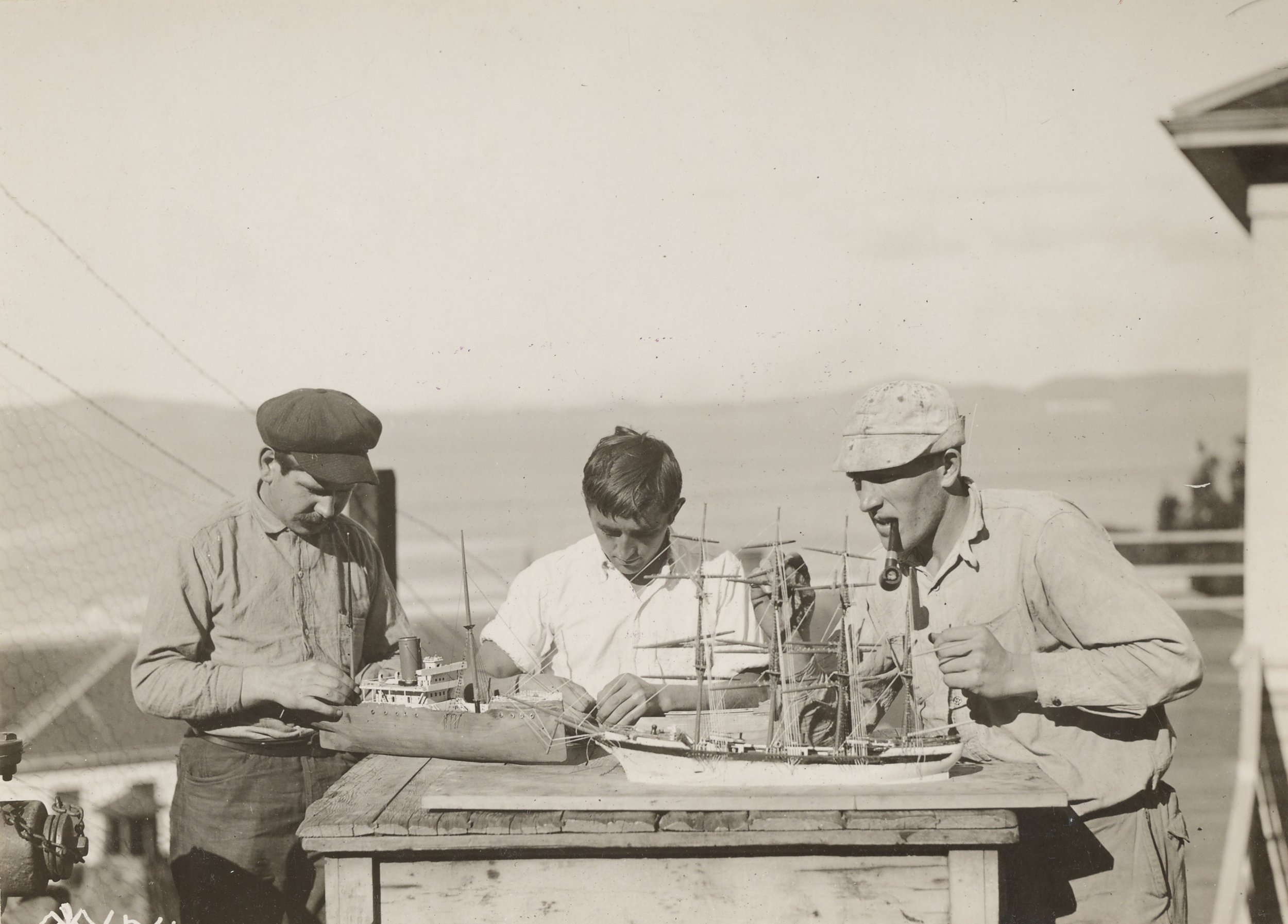
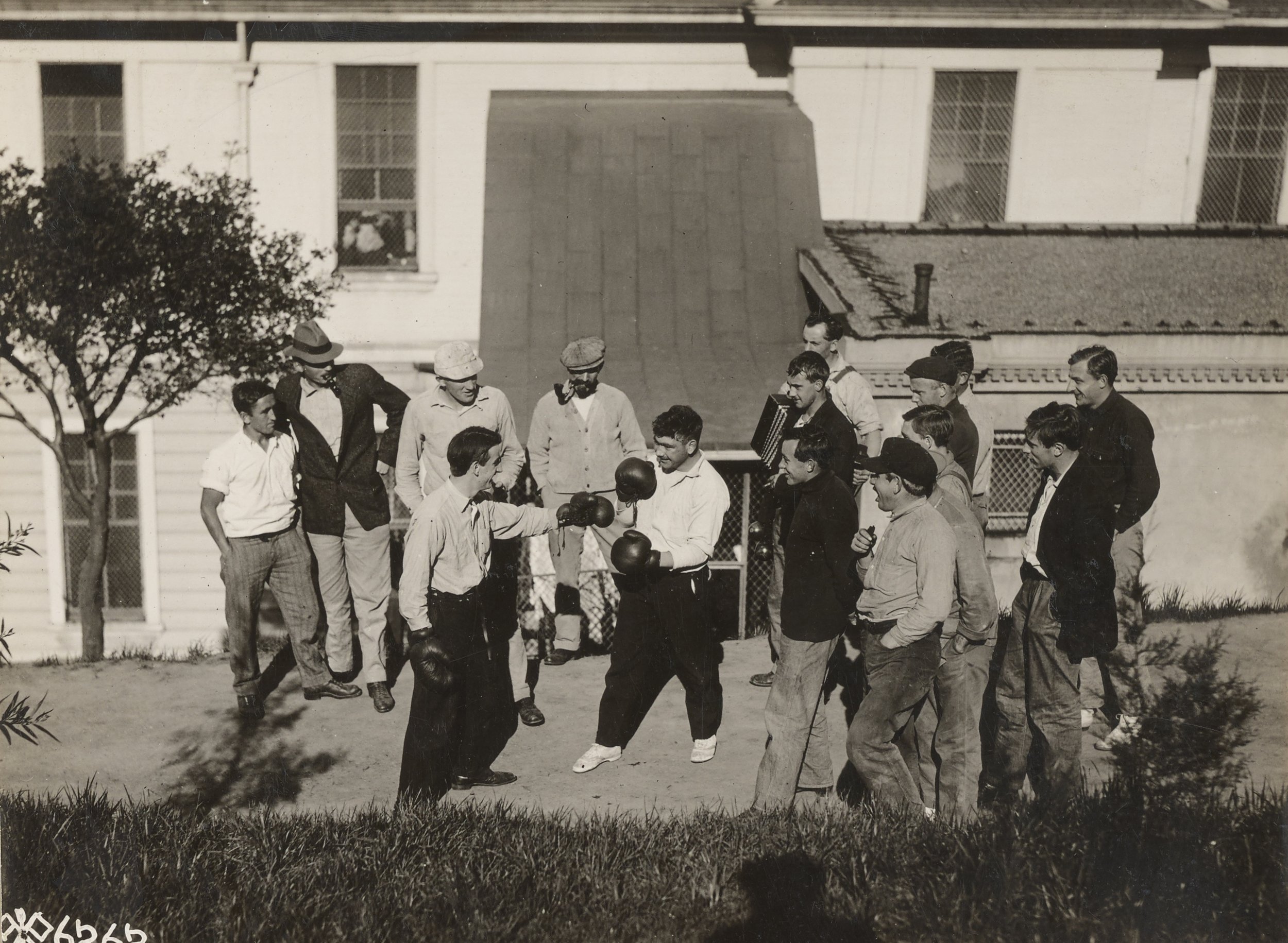
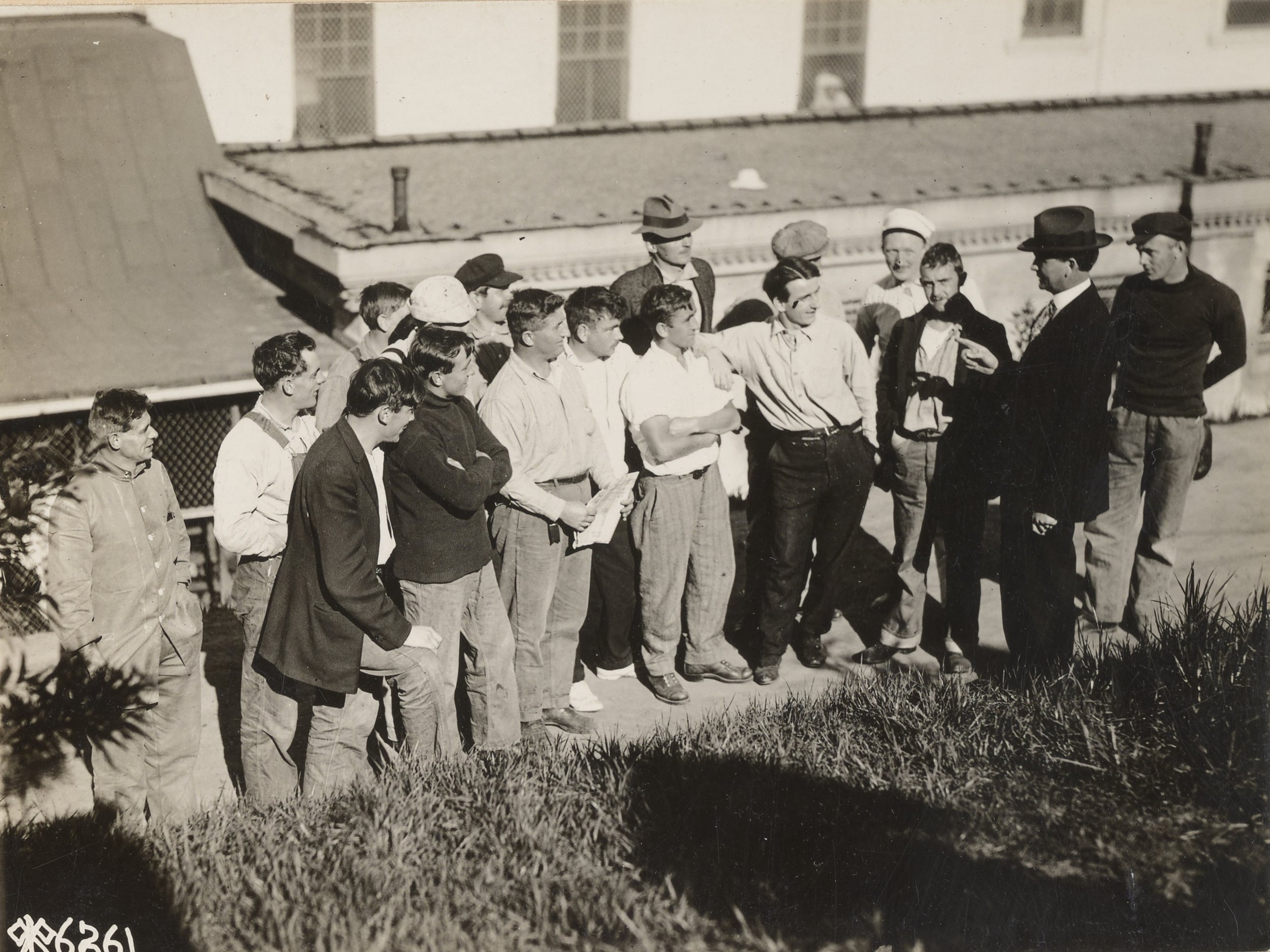
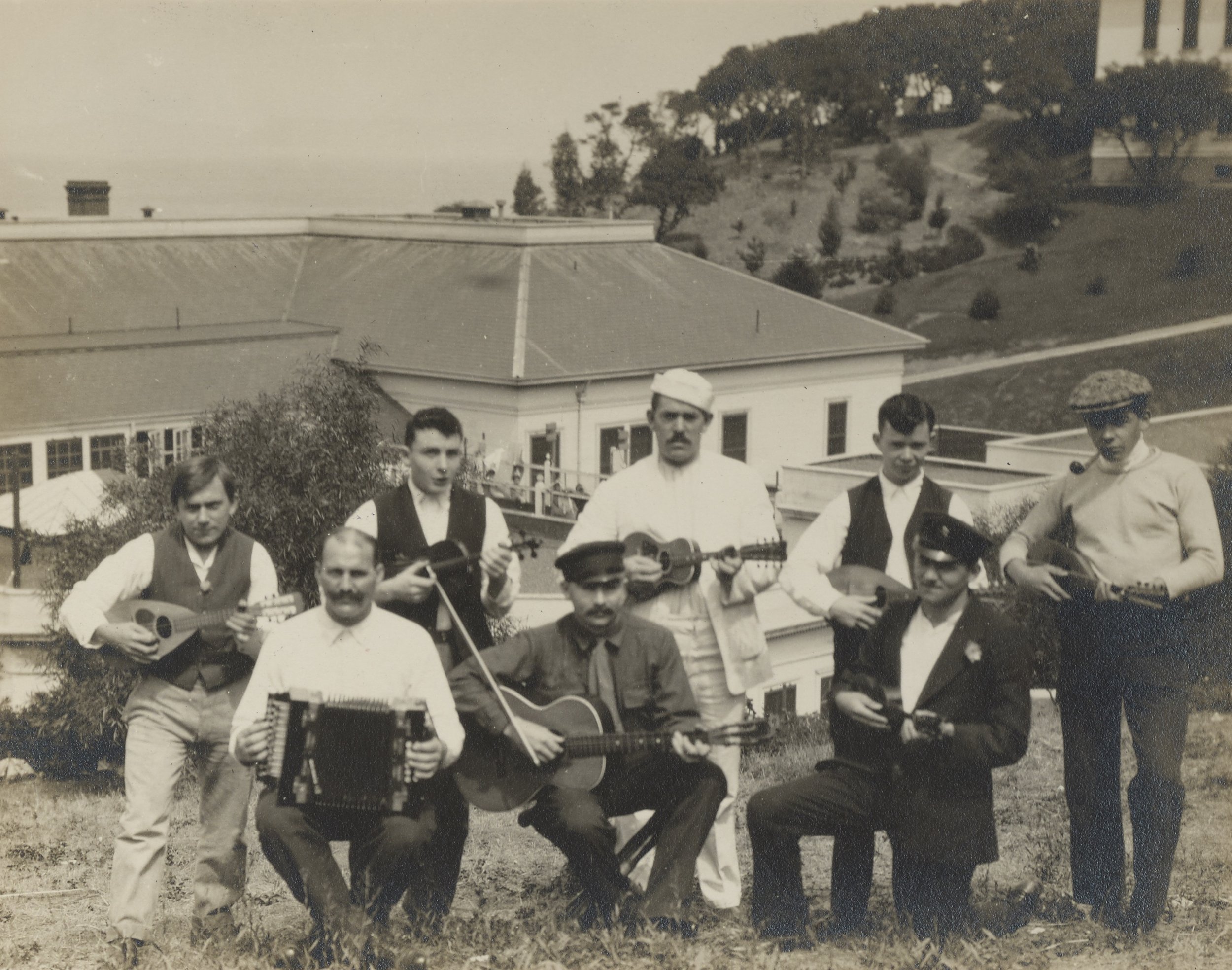
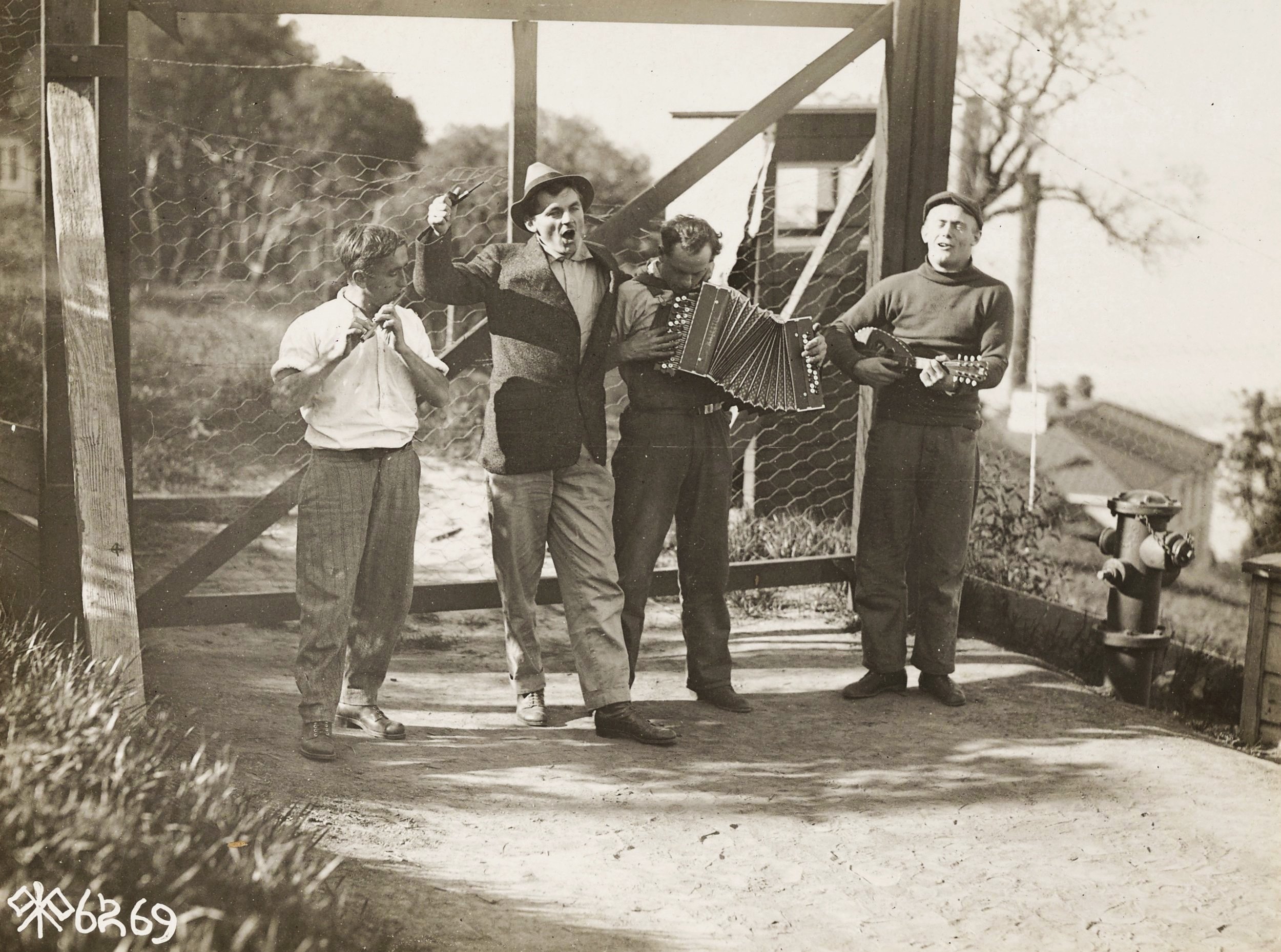
Architectural Resources Group. "Phase I Interpretive Plan," Appendix C: Administration Building History, December 2005.
Honolulu Star Bulletin. "German Merchant Sailors Will Be Detained At Angel Island," May 2, 1917.
NARA. Acting Commissioner White to the Commissioner-General of Immigration, Record Group 85, General Correspondence, August 22, 1917.
The San Francisco Call. "2 Interned Slip Away For Visit, Return," October 16, 1917.

